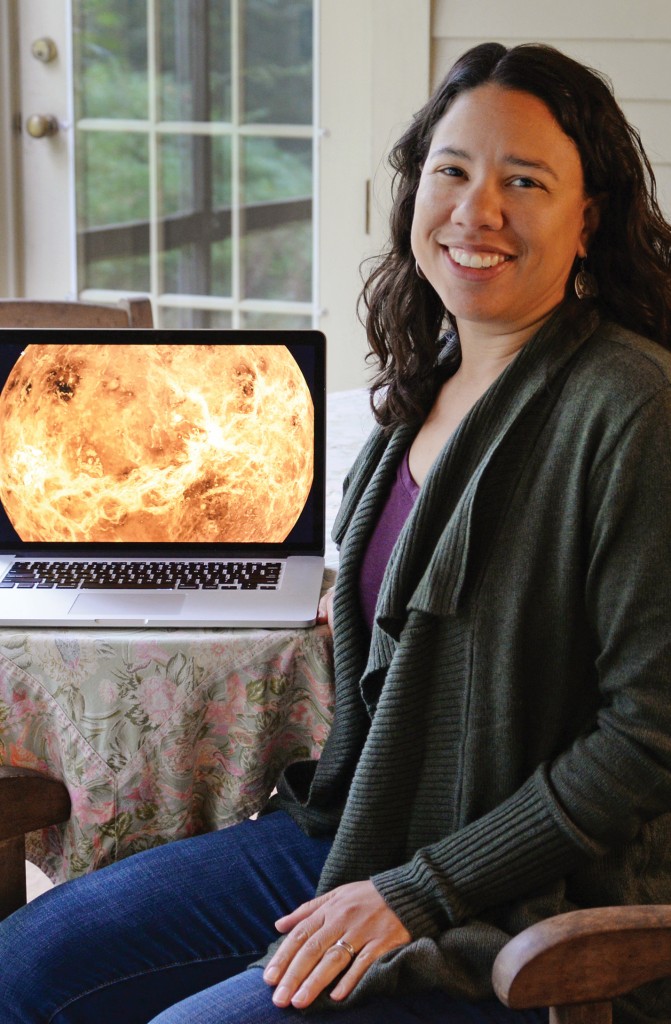GILMORE A SCIENCE TEAM MEMBER OF TWO SPACE MISSION PROPOSALS SELECTED BY NASA


On Sept. 30, NASA’s Discovery Program selected five planetary mission investigations for study during the next year as a first step in choosing one or two missions for launch as early as 2020. Wesleyan’s Martha Gilmore is on two of the investigation teams.
Gilmore, the George I. Seney Professor of Geology and chair of the Department of Earth and Environmental Sciences, is an expert on terrestrial planets. She studies the morphology and mineralogy of the surfaces of Venus and Mars using data from orbiting and landed spacecraft. She also is on the executive committee of NASA’s Venus Exploration Analysis Group, which identifies scientific priorities and strategy for exploration of Venus.
Each of the five selected investigations will receive $3 million for one year to strengthen their proposed mission by doing in-depth concept design studies. At the end of the year, it is expected that one or two of the mission concepts will then be selected for flight.
“We’re absolutely ecstatic about this opportunity,” Gilmore said. “Venus is key to understanding how Earth-size planets operate in this solar system and in other solar systems. The driving question is why are Venus and Earth so different? Why is Earth the habitable twin planet? The measurements of Venus’ atmosphere and surface proposed by these missions are necessary to better understand the climate, volcanic activity, and the habitability of Earth-size worlds.”
Gilmore is a science team member on the Deep Atmosphere Venus Investigation of Noble gases, Chemistry, and Imaging (DAVINCI) mission and The Venus Emissivity, Radio Science, InSAR, Topography and Spectroscopy mission (VERITAS) mission.
DAVINCI would study the chemical composition of Venus’ atmosphere during a 63-minute descent. It would answer scientific questions that have been considered high priorities for many years, such as whether there are volcanoes active today on the surface of Venus and how the surface interacts with the atmosphere of the planet.
VERITAS would produce global high-resolution topography and imaging of Venus’ surface and produce the first detailed maps of surface structure, deformation, and composition.
The other three NASA-selected investigations include exploring the origin of planetary cores by studying a metallic asteroid; using a Near Earth Object Camera to discover 10 times more near-Earth objects than all objects discovered to date; and performing the first reconnaissance of the Jupiter Trojan asteroids, objects thought to hold vital clues to deciphering the history of the solar system.
“The selected investigations have the potential to reveal much about the formation of our solar system and its dynamic processes,” said John Grunsfeld, astronaut and associate administrator for NASA’s Science Mission Directorate in Washington, D.C. “Dynamic and exciting missions like these hold promise to unravel the mysteries of our solar system and inspire future generations of explorers. It’s an incredible time for science, and NASA is leading the way.”

